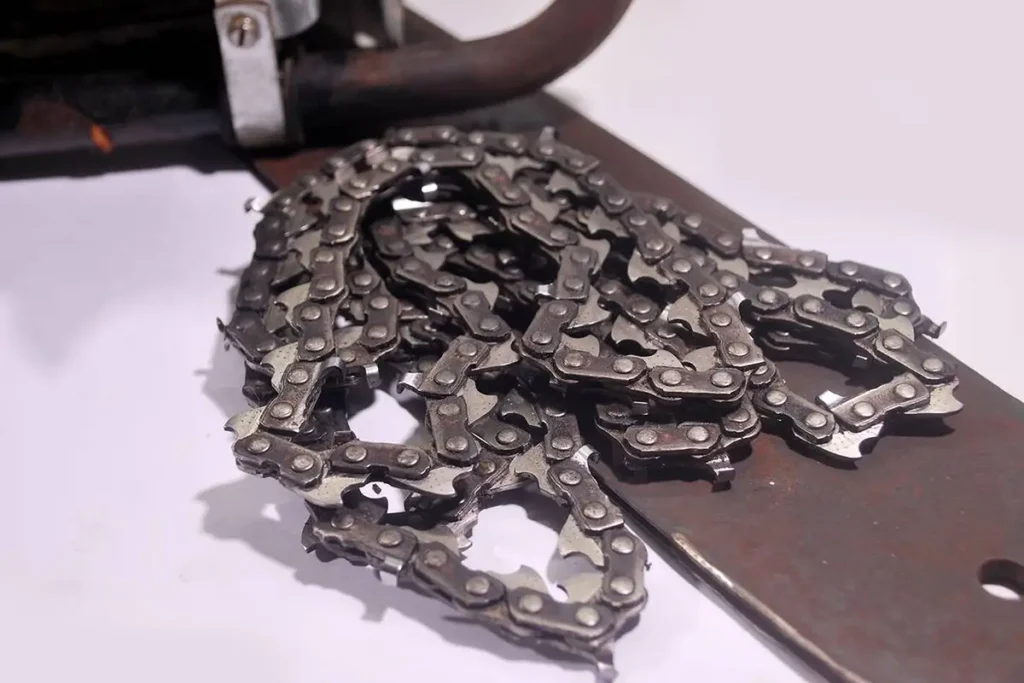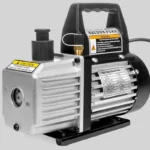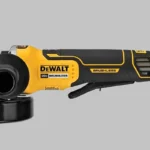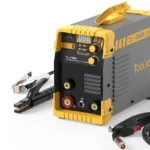Keeping your chainsaw chain sharp is essential for effective cutting and long-lasting performance. Using an electric sharpener makes this task quicker and more efficient. Let’s dive into the process of sharpening your chainsaw chain, ensuring it’s as straightforward and engaging as possible.
Tools and Materials Needed
Before you start, gather the following:
- Electric chainsaw sharpener
- Safety gear (gloves, goggles)
- Chainsaw chain
- Clean cloth or brush
Having these tools on hand will make the process smooth and safe.
Safety Precautions
Sharpening a chainsaw chain requires careful attention to safety. Here are a few precautions:
- Wear gloves and goggles to protect yourself from metal shavings.
- Work in a well-ventilated area.
- Make sure your sharpener is on a stable surface to prevent any accidents.
Step-by-Step Guide to Sharpening a Chainsaw Chain

Step 1: Identify the Chain Type
First things first, know your chain. Different chains have different specifications. Check your chainsaw manual or the chain itself for details. This information is crucial for setting up your sharpener correctly.
Step 2: Setting Up the Electric Sharpener
Find a sturdy, flat surface to place your electric sharpener. If possible, secure it to a workbench. Stability is key to accurate sharpening.
Step 3: Preparing the Chainsaw
Clean the chain thoroughly to remove any dirt or debris. A clean chain sharpens more efficiently and prolongs the life of your sharpener. You can leave the chain on the saw or remove it, depending on your preference and the sharpener model.
Step 4: Installing the Sharpening Stone
Choose the correct sharpening stone for your chain. Different chains require different stone sizes. Consult your sharpener’s manual for guidance. Install the stone securely to avoid any mishaps during sharpening.
Step 5: Adjusting the Sharpener
Set the sharpening angle according to your chain’s specifications. Common angles range from 25 to 35 degrees. Adjust the depth gauge to ensure you’re not grinding away too much material. Proper setup is crucial for consistent and effective sharpening.
Step 6: Sharpening the Chain
Now, it’s time to sharpen. Position the chain in the sharpener and secure it in place. Begin with one tooth and move systematically through the chain. Keep your movements consistent to maintain even sharpness across all teeth.
Step 7: Final Adjustments and Checks
After sharpening, check the chain’s sharpness by inspecting each tooth. Make any necessary adjustments to ensure all teeth are evenly sharpened. A well-sharpened chain will cut smoothly and efficiently.
Tips and Tricks for Effective Sharpening
- Keep the chain tight while sharpening to prevent wobbling.
- Regularly clean the sharpening stone to remove metal shavings.
- Practice makes perfect. The more you sharpen, the better you’ll get.
Troubleshooting Common Issues
Even with careful sharpening, issues can arise. Here are some common problems and solutions:
- Uneven Teeth: Ensure consistent pressure and strokes.
- Wrong Angle: Double-check the angle settings before starting.
- Overheating: Take breaks to prevent the chain from overheating, which can cause damage.
Conclusion
Sharpening your chainsaw chain regularly ensures optimal performance and longevity. With an electric sharpener, the process becomes faster and more precise. Follow this guide to keep your chainsaw in top shape.
FAQs
Q: How often should I sharpen my chainsaw chain?
A: It depends on usage. For frequent use, sharpen after every few hours of operation.
Q: Can I sharpen a damaged chain?
A: If the chain is significantly damaged, it might be better to replace it. Minor nicks can be sharpened out.
Q: Do I need to remove the chain from the saw to sharpen it?
A: Not necessarily. Some sharpeners allow you to sharpen the chain while it’s still on the saw.

Matthew Dowell
Matthew, a seasoned builder from a family of craftsmen, leads Tools Trove. His passion for tools and decades of hands-on experience fuel his commitment to providing expert reviews and insightful content. Whether you’re a pro or a DIY enthusiast, Matthew’s guidance ensures informed decisions in the world of tools.




